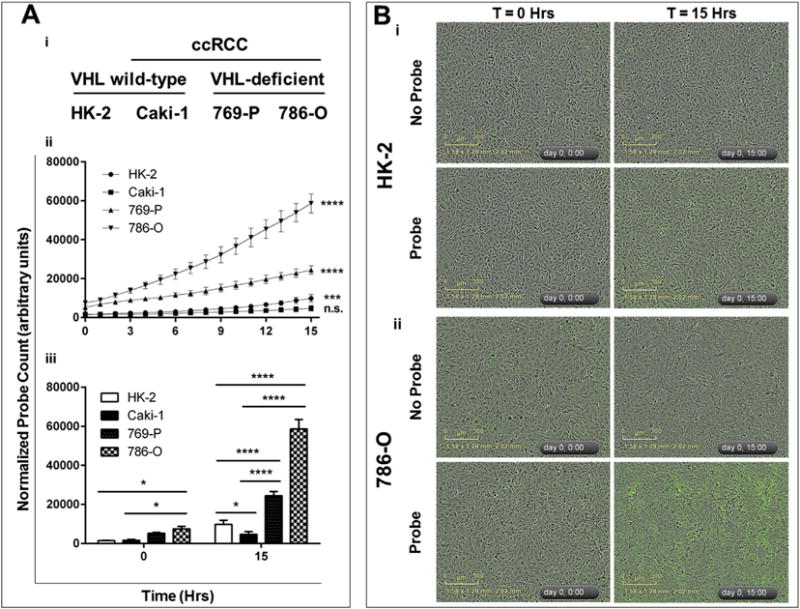Fig. 1. Baseline endogenous H2S production is greater in VHL-deficient ccRCC cell lines than in VHL wild-type malignant and non-malignant renal cell lines.

Cells were seeded into 96-well plates and allowed to reach 90–100% confluency. A cell-permeable probe that reacts specifically with H2S to fluoresce green (MeRhoAz) was then either added (probe), or not added (no probe), to growth media and cells were imaged every hour for 15 h. Following imaging, the number of fluorescent “hits” was normalized to cell confluency for each well and each time point, resulting in a normalized probe count which was then averaged (n = 3, error bars represent standard deviation of the mean). Results are representative of 3 independent experiments (n = 9 total). One-way ANOVA with Tukey’s multiple comparisons test was used to asses statistically significant differences between groups (*p < 0.05; **p < 0.01; ***p < 0.001; ****p < 0.0001). (A) (i) VHL mutation status of nonmalignant renal cells (HK-2) and ccRCC cell lines (Caki-1, 769-P, 786-O). (ii) Statistically significant changes in endogenous H2S production over time (between 0 h and 15 h) in each cell line. (iii) Statistically significant differences in endogenous H2S production between cell lines. (B) Representative images of enhanced endogenous H2S production in 786-O cells (ii) as compared to HK-2 cells (i).
